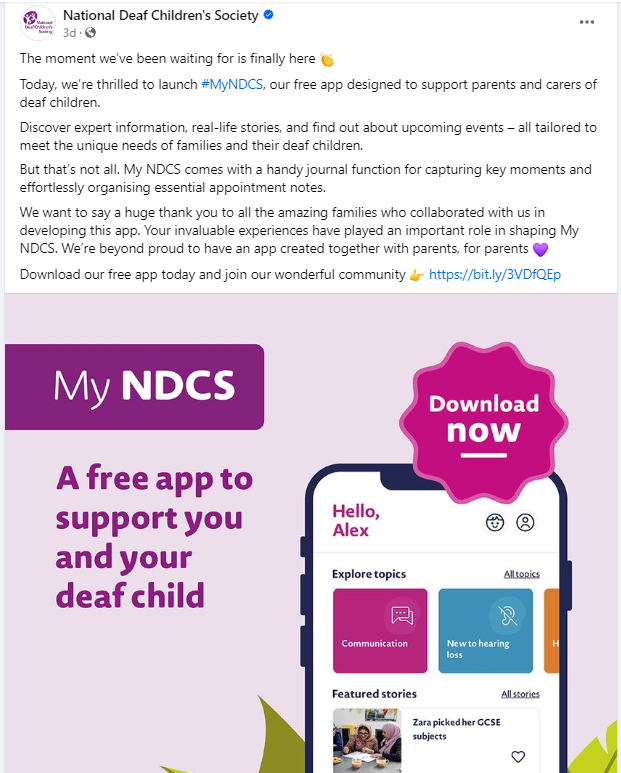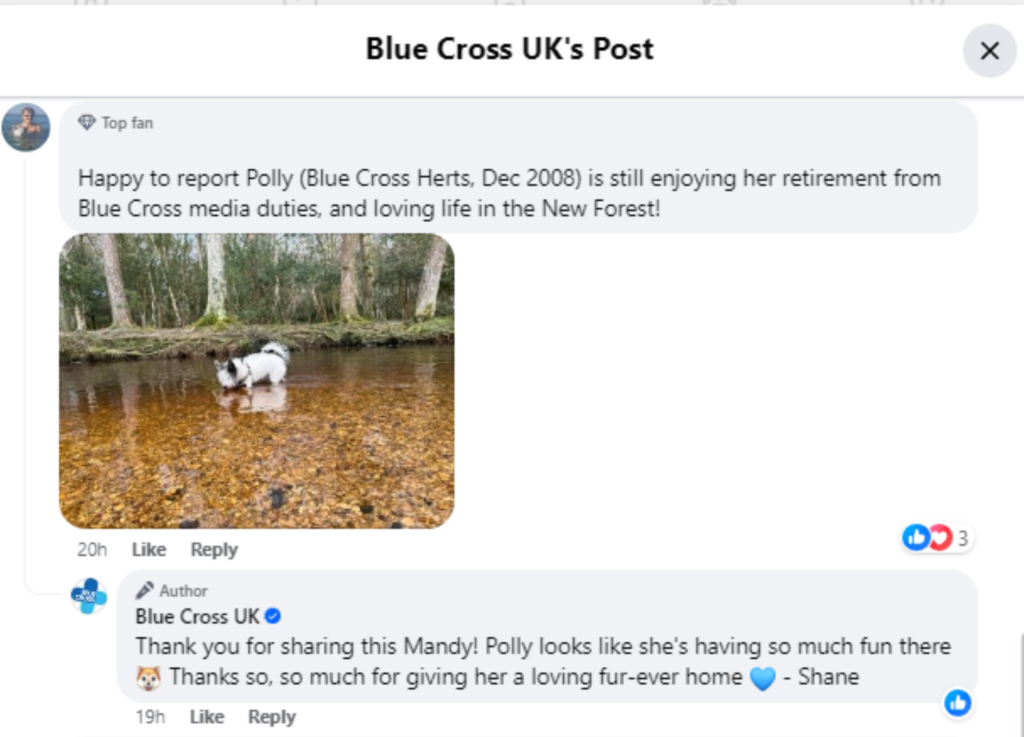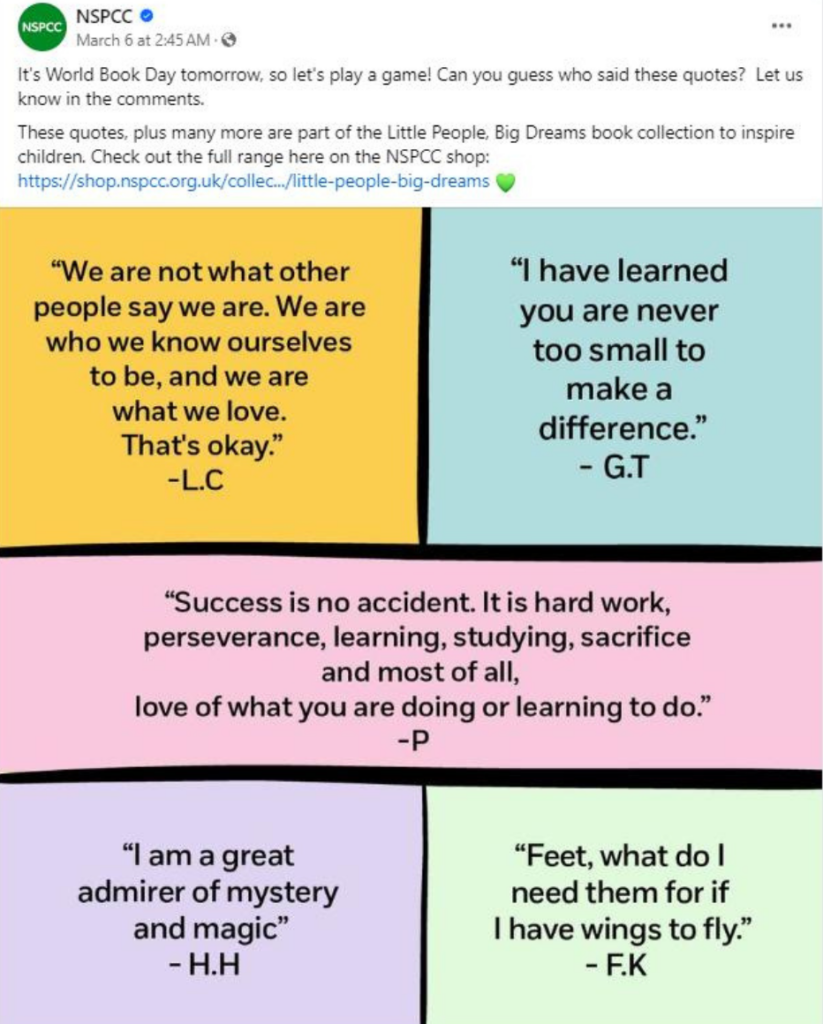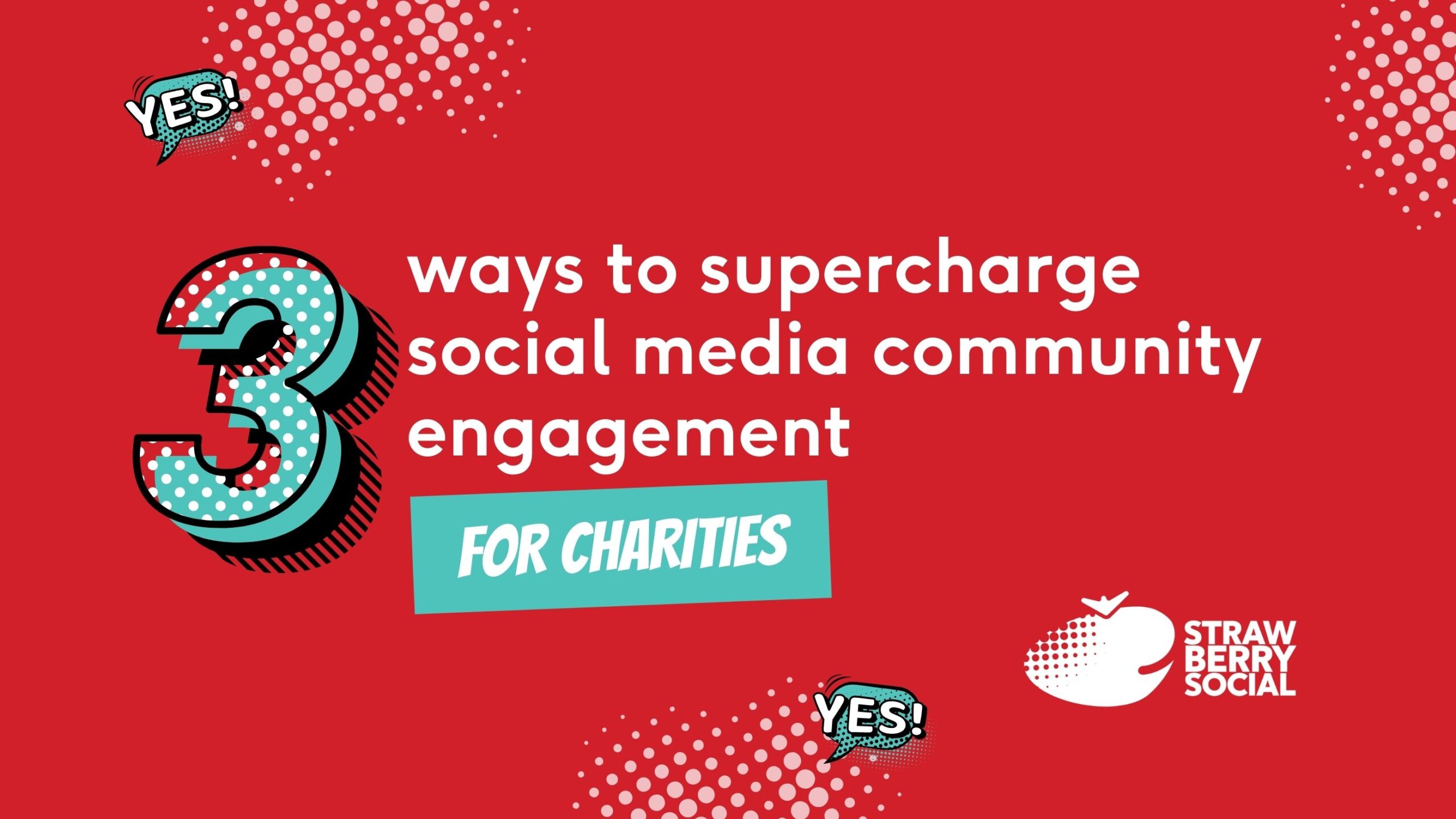In recent years brands and charities alike have accepted that online communities play a large part in the company’s success. During lockdown we all turned to online communities as a source of comfort, and built important relationships which continue to thrive today despite the world returning to ‘normal’.
Previously we’ve written about online communities experiencing a resurgence – individuals like having a safe space to discuss thoughts and shared beliefs from the comfort and security that exists behind a screen. It’s important to keep the momentum going; and we recommend keeping a consistent presence in your digital spaces to build strong, long-lasting connections.
But is there more that can be done? Are there any strategies for building a vibrant and healthy online community?
Below we share 3 well-tested industry tips to supercharge your online community engagement. It’s easy to remember these tips by thinking of them in terms of the three C’s: Content, Connection and Collaboration.
Create compelling content
- If you have a strong presence in your community you will know what it is that they are there for: what they like, what moves them and what motivates them to engage. Consider all of this when sharing new content with your community. You want your message to resonate with your community’s interests and values.
 Take for example the NDCS and their announcement about a new digital app created specifically to assist their user base. Messaging is clear, the users know what the app is for, and the tone is positive, designed with their specific community in mind.
Take for example the NDCS and their announcement about a new digital app created specifically to assist their user base. Messaging is clear, the users know what the app is for, and the tone is positive, designed with their specific community in mind.- Incorporate storytelling, visuals, and multimedia elements for engagement. Mixing up your content keeps the space vibrant. When Blue Cross celebrated National Terrier Day, the social media team created specialised, positive visuals with compelling storylines. By sharing their own stories, the team reflect and empathise with their community and in turn, garner user engagement:

- If you’re looking for something new and coming up dry, try turning to your community (and your team!) for new content. As always, we recommend getting confirmation from your users before posting their content as something from the brand.
- And remember – it will be much easier to keep your content organised if you use a content calendar as your guide. There are many free versions online, or you could create your own with Google Sheets or Microsoft Excel. Many project management tools like Asana and Monday.com offer ready-made content calendar templates too. And then, get creative! Add upcoming content to your calendar for ease of use and distribution.
Make connection a priority
Regularly schedule dedicated time into your work week focused on responding and engaging with your users within the community itself. This is where authenticity and emotional intelligence become key to connecting with your users. Invest your time by engaging in conversations and responding to comments with honesty. Authenticity goes far in showing them you truly are a community – bonded through the shared space.
Have a bank of standardised responses which your community team can lean on for inspiration when they respond. These serve as the starting point for crafting unique and individualised responses so your community understands it’s you – not an AI bot – responding to their comments.
Explore interactive features such as polls, quizzes, and challenges as another way to learn more about your community – sharing results can lead to real connection as well.
- Encourage and support user-generated content and participation. This NSPCC post is a good example of users participating in posts and also allows you to join in the fun through responses and connection. Because this post encourages learning and reading, it speaks to a part of the brand’s mission to empower and educate youth.

- Finding unique ways to engage the audience can bring out different members and create fun memories to strengthen community bonds. Hosting live events, Q&A sessions and virtual meetups go a long way for both your members and your team to create that relationship.
Recently we partnered with SuperAwesome and NSPCC to moderate and support live gaming events. In both instances users were treated to special live viewings of competitions with their favourite players.
The Gamesafe Festival in particular spoke to a specific yet substantial portion of the NSPCC community – allowing parents, teachers and young people the opportunity to have fun together and connect doing something they love, in a safe environment.
Collaboration is key
It is just as important to remember that collaboration needs to happen between your team and other internal departments that affect the future of your users. You and your team own the role of community advocate. It is important and vital for a successful online community to be heard by the departments that affect their experience the most.
Be sure you have a seat at the table to discuss community feedback. Include regular data reporting and backup your data with actual commentary from your members. Ensure regular, open collaboration with Marketing, Production, Technology, Customer Support, and even Legal in order to make for a better overall experience.
“We hear you – and we’re making changes because of what you’ve told us” tells your users they matter and that they too have a stake in the future of the online space that is grown together.
Conclusion
Community engagement can be a lot of fun – you get to learn from your members, and understand how each decision made improves on your brand and its goals. It is both an art and a science; establishing and reviewing engagement KPIs allows you to continuously adapt your vision for the group. Remain agile and flexible as you grow and change. This is what makes community building such an exciting part of the job.
For more social media engagement tips and tools, subscribe to our monthly newsletter here >



 April 23, 2024
April 23, 2024 Share This Post
Share This Post